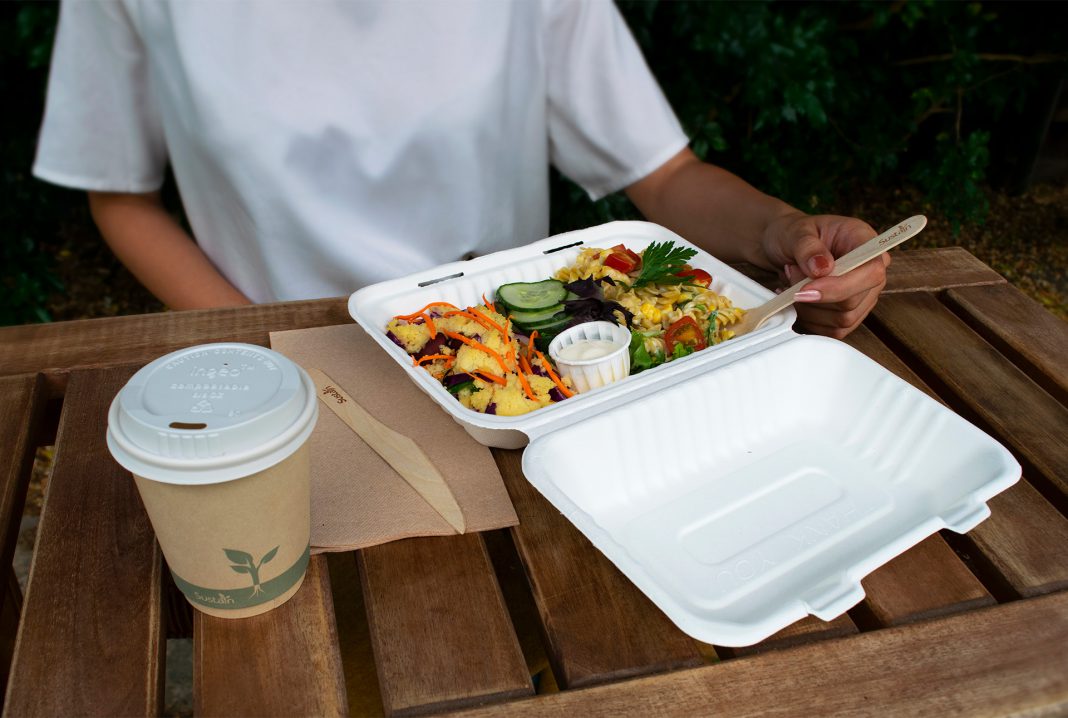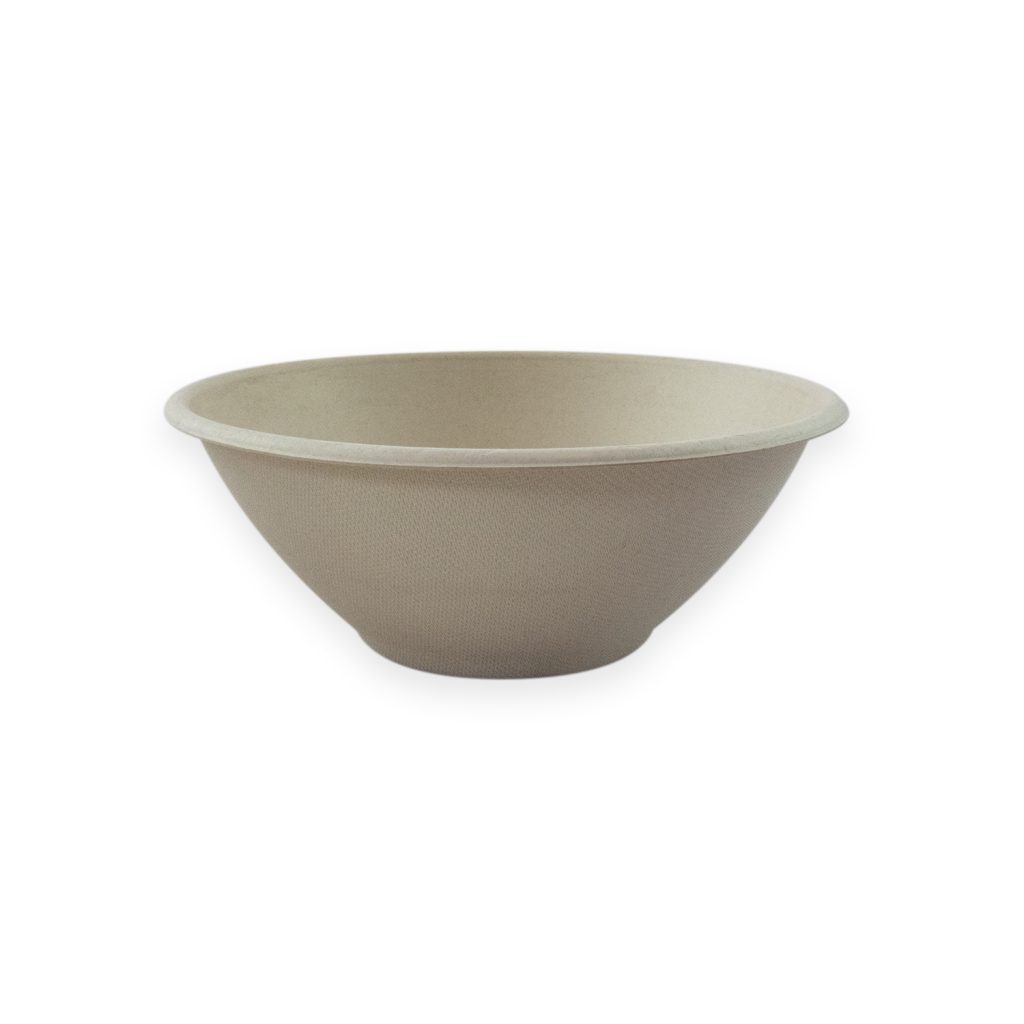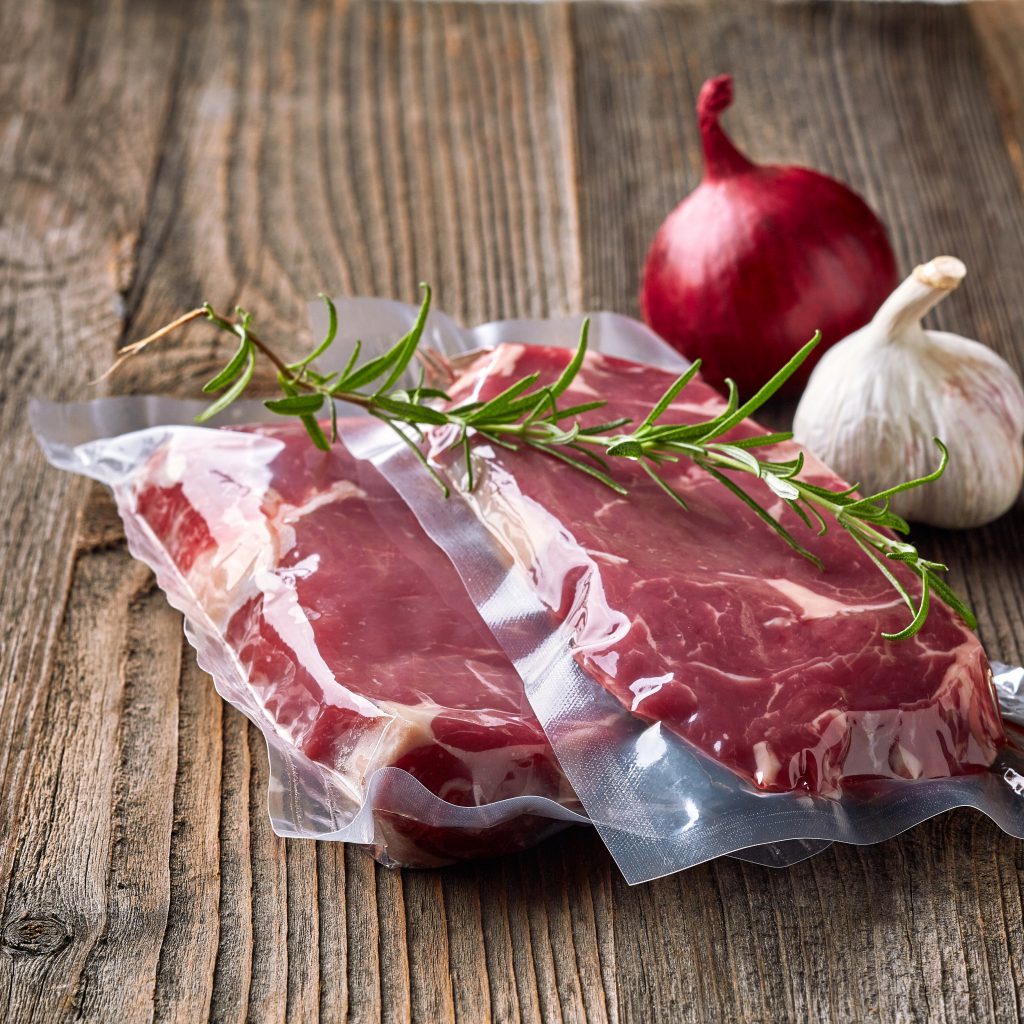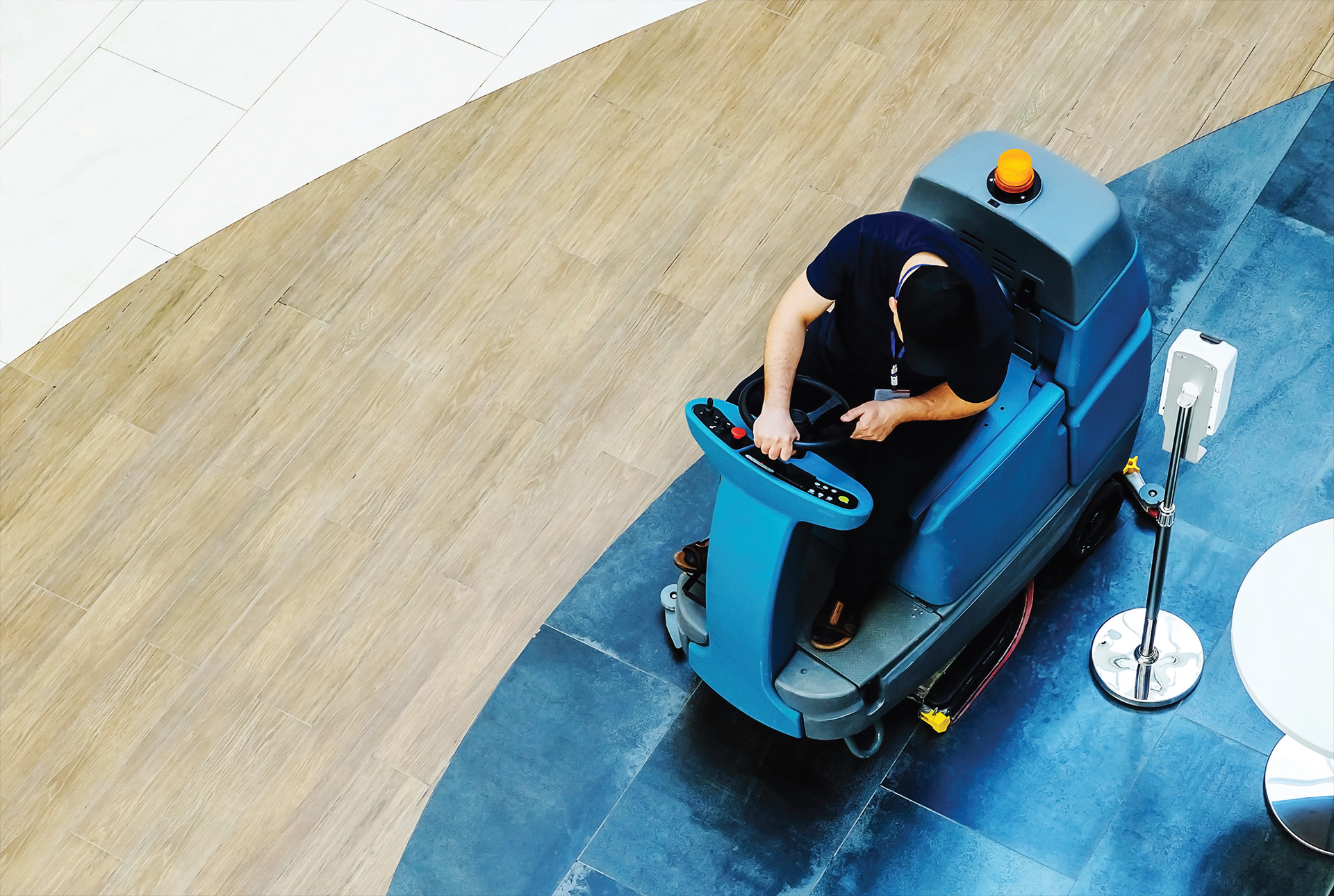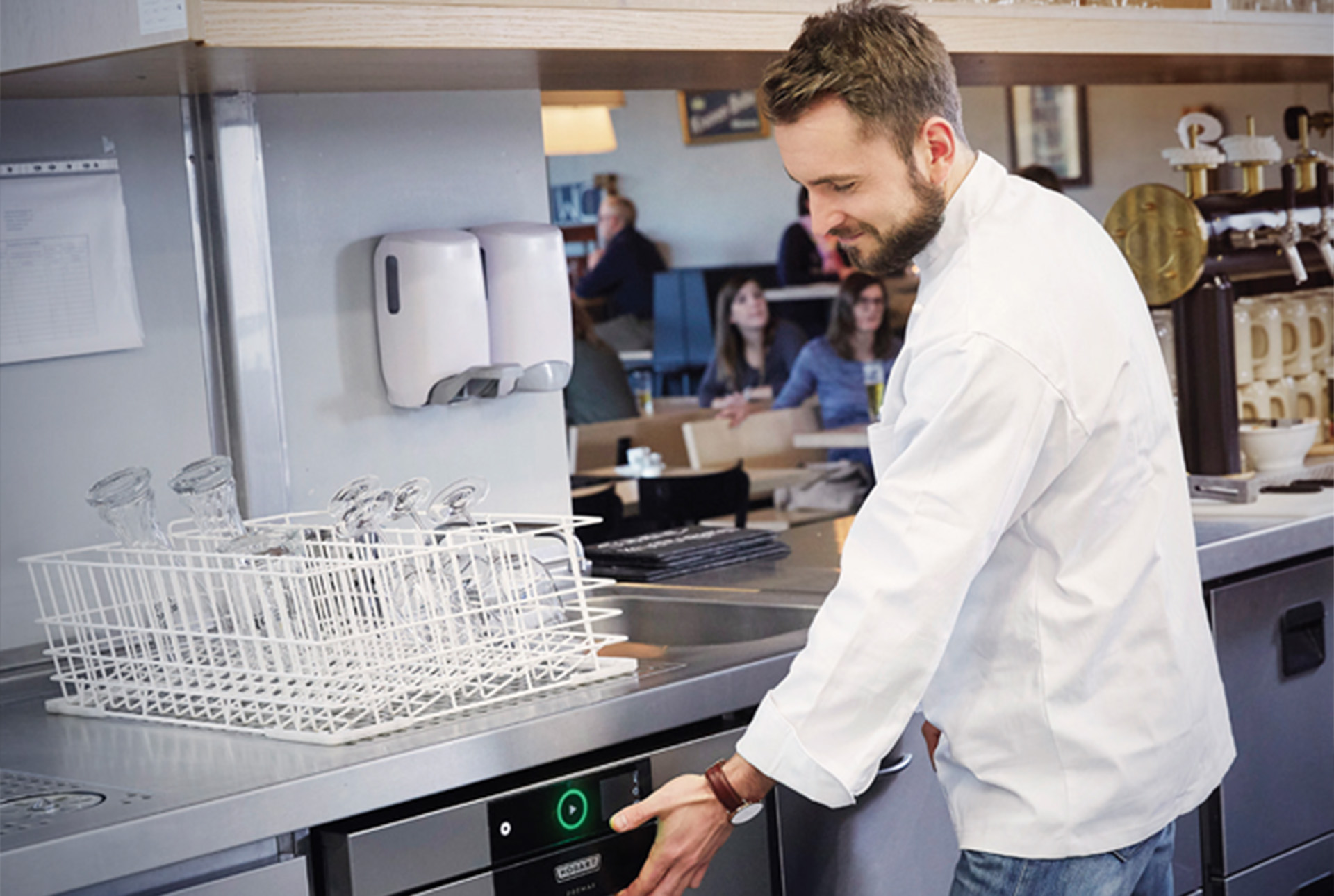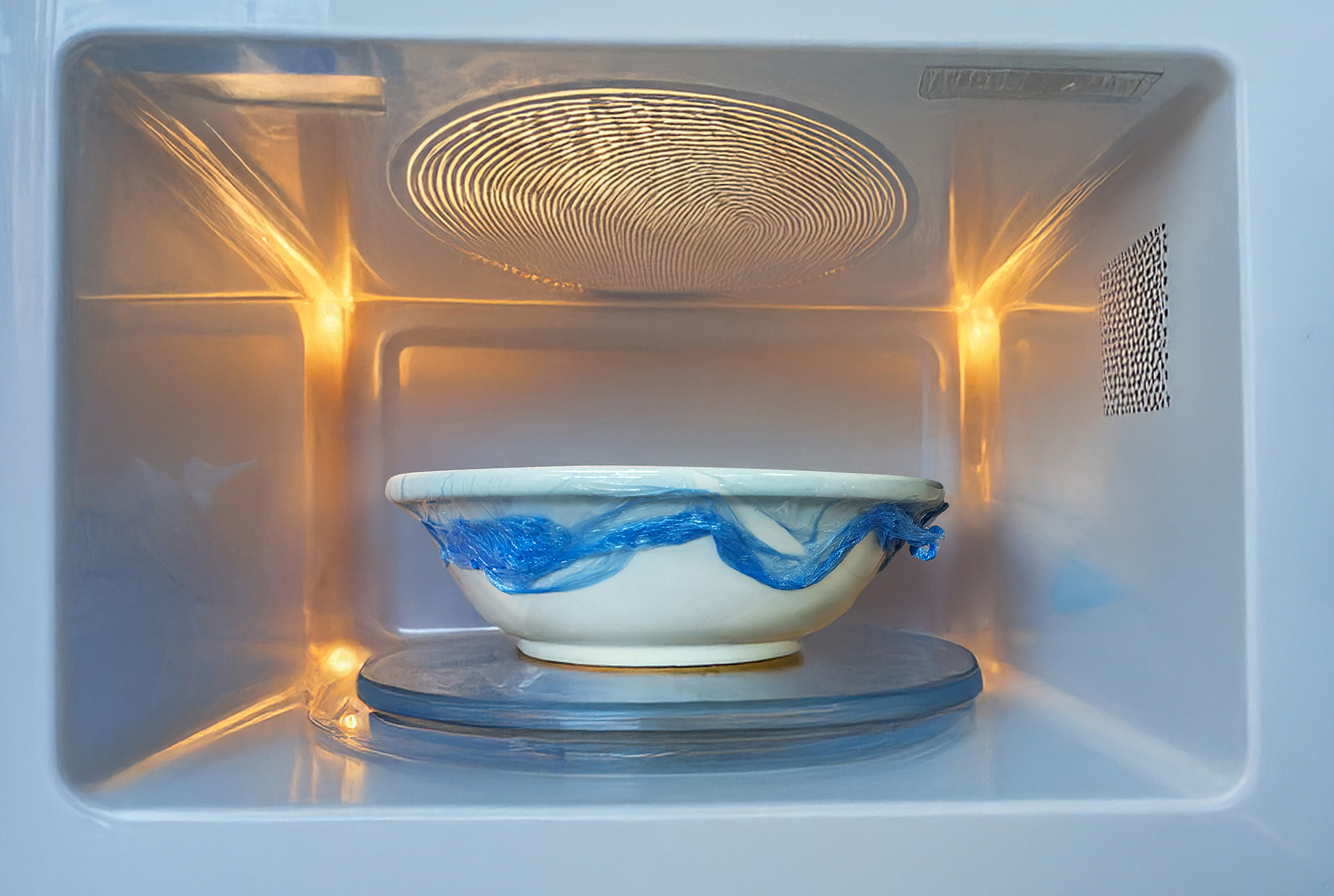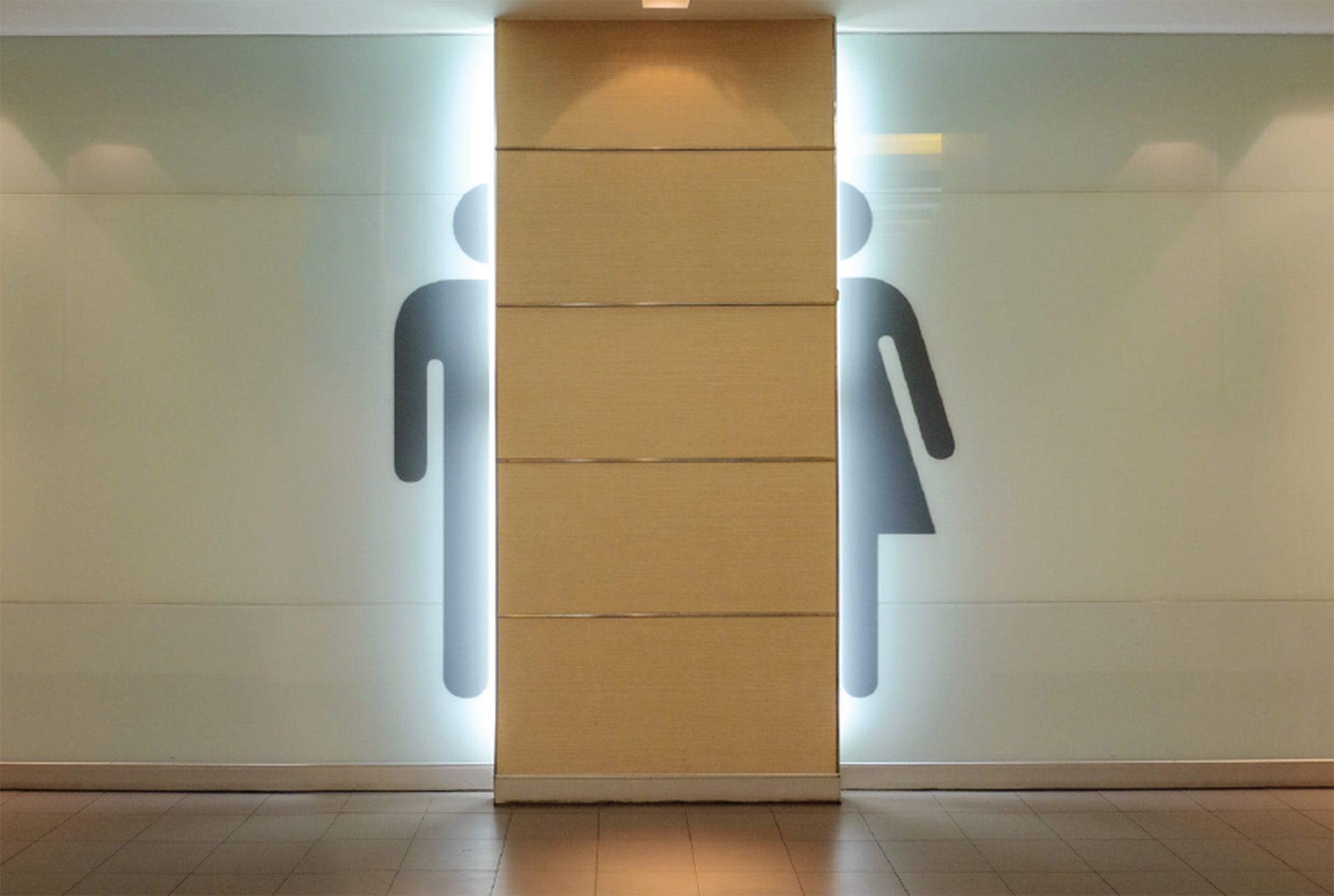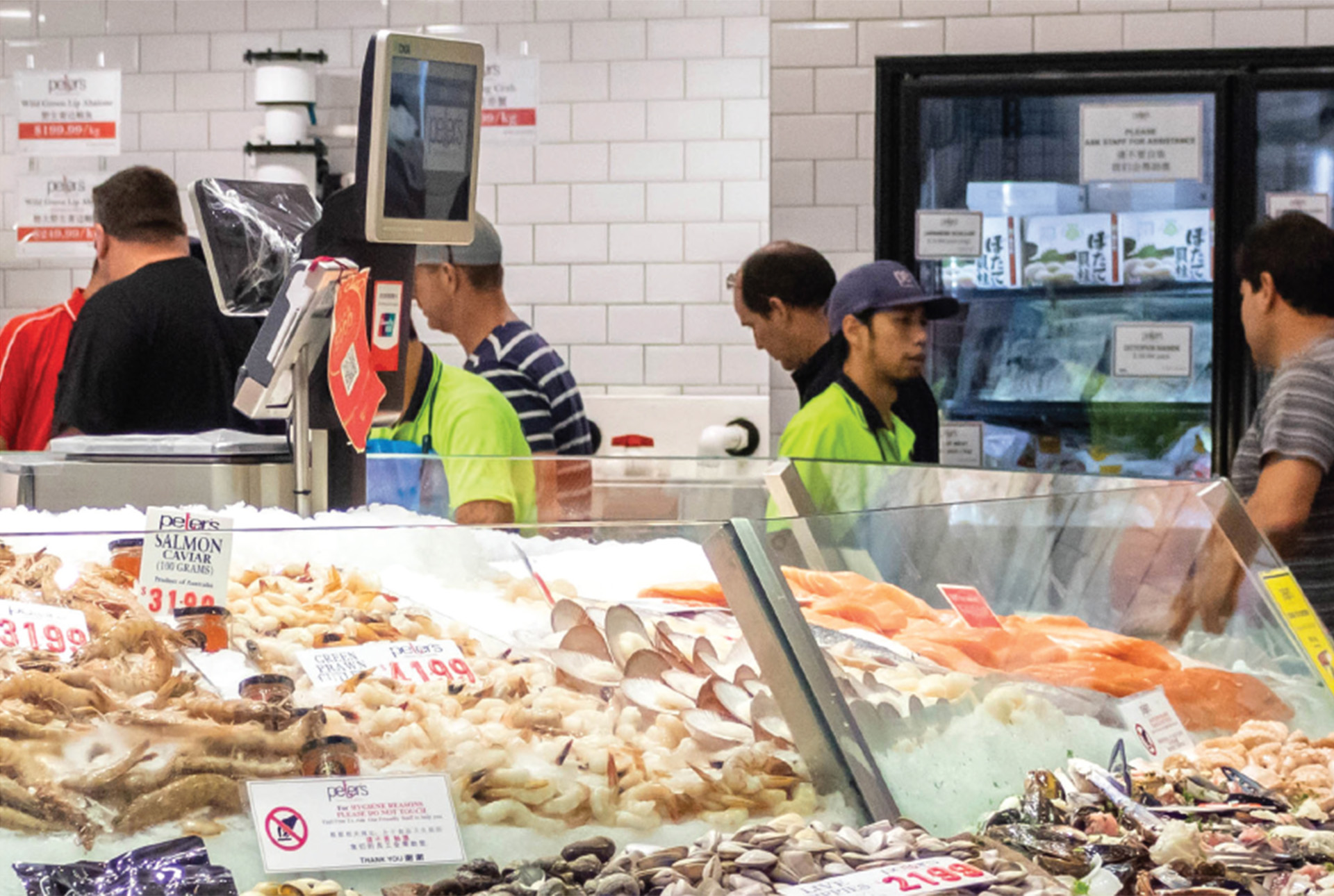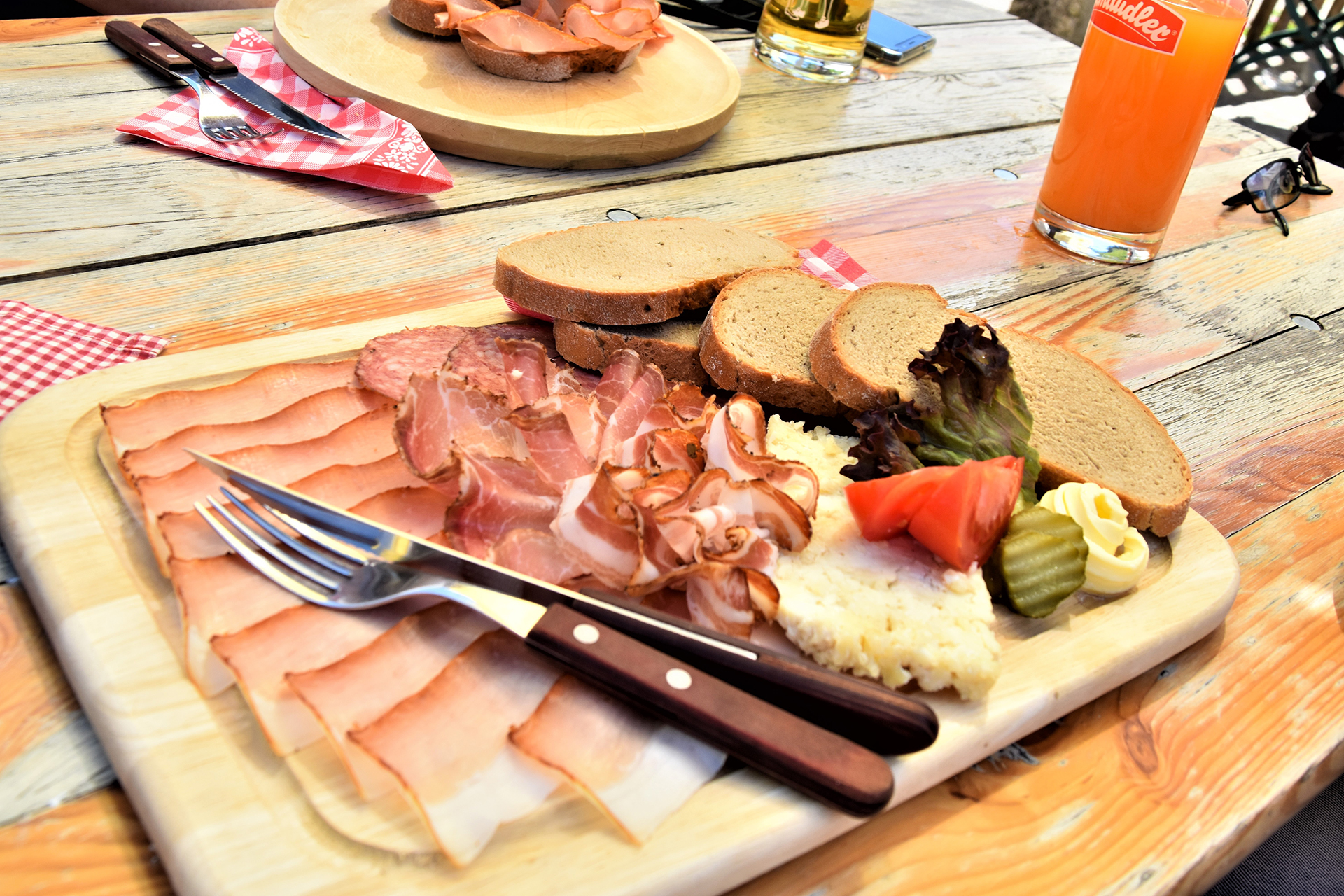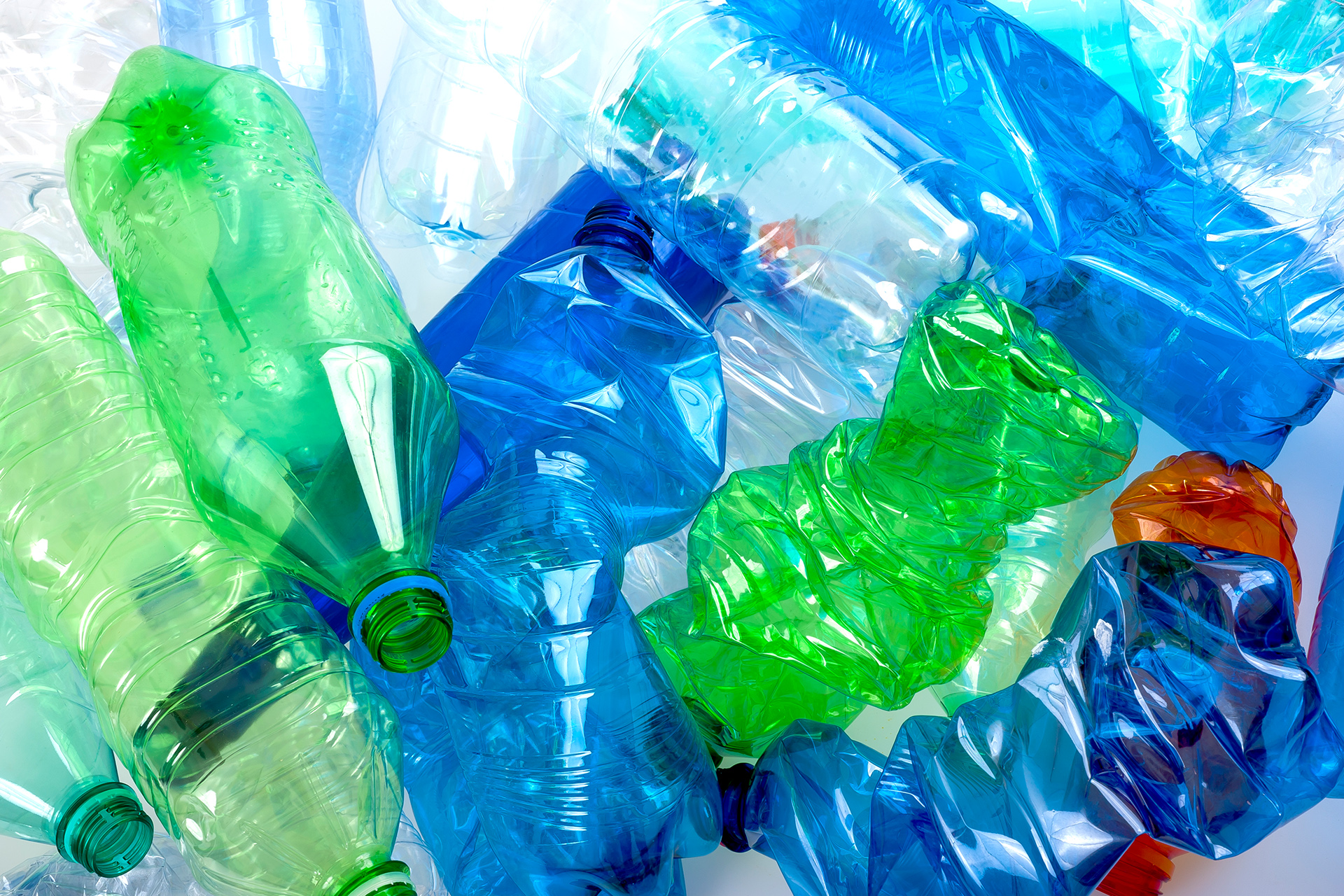In Australia, around 7.6 million tonnes of food is thrown out each year. In a bid to dramatically improve the situation, and in alignment with the United Nations’s Sustainable Development Goals, the Australian Government has committed to cutting food waste in half by 2030.
With that date now less than six years away, it’s up to all of us to contribute to the cause. There’s a number of obvious ways to work at reducing food waste – as individuals or as a business. As a food service company, you might reduce your menu or find ways in which you can preserve ingredients for longer. But one area that could make a surprising difference is food packaging.
Food waste, when disposed of to landfill, can contribute to climate change when the food breaks down and releases greenhouse gas emissions. Not only does it have negative environmental and social impacts but it can be costly for businesses.
Why Reducing Food Waste Matters for Your Restaurant
The equivalent of more than 300 kilos of food per person is going directly into the bin annually, costing $36.6 billion to the national economy. Approximately 62% of all waste created by restaurants and cafes is wasted food and in Europe, 12% of all food waste is created by the food service industry.
In Australia, the hospitality industry is responsible for 16% of the total food waste produced. To combat this issue in Australia, the government implemented the National Waste Policy Action Plan where there are multiple targets and goals that need to be met by 2030. This includes halving the amount of landfilled organic waste by 2030.
Common Causes of Food Waste in Restaurants
The importance of packaging in minimising the food waste problem can’t be overstated. In fact, a significant amount of food is wasted. With the hospitality industry creating a large portion of food waste, let’s explore how this occurs.
In a study conducted in the UK by sustainability charity WRAP, determined where food waste occurs in restaurants. It was found that a total of 65% of food waste was generated in kitchens, 30% of waste is generated by customer plates and 5% accounts for food spoilage. In this study preparation waste could be the offcuts and peelings of stock, spoilage refers to food that has gone off or been contaminated and the waste created by customer’s plates refers to prepared food that comes back from the customer whether that be leftovers or meals that have been untouched.
Poorly designed packaging or a lack of packaging altogether can create food waste. Types and styles of packaging have been shown to influence perceptions on everything from food quality to how healthy a product might be. All of which can make a difference to whether food will be wasted or not. The recent WRAP study shows that fruit and vegetables wrapped in plastic has the potential to encourage waste. This is because customers will often buy more of them – expecting them to last longer – only to throw out extras they don’t want in due course.
To counter this, Bunzl’s Head of Sustainability Felicity Kelly suggests brands focus on using primary packaging that may change a customer’s intentions and habits. For example, using primary packaging made from sustainable materials like recycled PET, sugarcane and paperboard may encourage customers to act in a more sustainable way.
It’s also been shown that clearer communication on packaging prevents consumers from losing track of a product’s shelf-life. This can include information about storage, disposal, longevity and best before and expiry dates. The Australian Packaging Covenant Organisation’s (APCO) Australasian Recycling Label (ARL) is a global leader in on-pack labelling schemes, with many large Australian and New Zealand brands adopting the program. The ARL helps educate consumers about correct packaging disposal and has proven to effectively reduce consumer waste.
How Packaging Can Help Reduce Food Waste
Right Size Packaging
Packaging that also acts as a portion control can reduce food waste. By developing packaging for small servings or one serving, you can limit the amount of unfinished food that can be thrown out. Controlling portion sizes in your restaurant or offering take home packaging minimises food waste.
Innovative Materials
There are now many alternatives to traditional plastic food packaging that also reduces packaging waste. Things like reusable packaging can reduce the amount of plastic waste as well as storing food efficiently, limiting food waste. There are also materials that are innovative and can help reduce not only food waste, but plastic waste.
Wood pulp paper is material that comes from well-managed Forest-Stewardship Council certified forests and other controlled sources and is a great sustainable and renewable option for disposable food packaging. Both lightweight and sturdy, it’s the perfect material for a variety of food types from hot, cold, and greasy dishes.
Products made from wood pulp paper can be recycled in kerbside collections as long as there is no plastic lining. They can also be compostable in industrial facilities – which means that they will break down into organic matter under specific conditions (exact end-of-life processes will need to be checked against individual products).
Sugarcane (Bagasse) is a renewable resource, bagasse is the name of the fibre that is left over after sugarcane is crushed in production to extract sugar. As a by-product leftover from sugarcane production, it’s a renewable material being repurposed that would otherwise be treated as waste.
The use of bagasse in food packaging helps to reduce the commercialisation of our forests and can make a great alternative to common “tree-made” paper where viable. Bagasse can also be compostable in industrial composting facilities under specific conditions.
Sugarcane products can be durable, grease and water resistant and suitable for both hot and cold foods. They’re also microwavable and both fridge and freezer safe.
Bamboo is the name of a diverse group of fast-growing plants that can be harvested for use without killing the root system. As a natural fibre that doesn’t require fertiliser, pesticides or chemical herbicides to promote growth, it’s a great renewable and sustainable material. Bamboo also produces 30-35% more oxygen than an equivalent stand of plants and absorbs greenhouse gases.
Bamboo packaging can also be compostable in industrial composting facilities under specific conditions and break down into nutrient-rich organic matter. Bamboo is also an excellent renewable material option for hot cups when lined with a bioplastic such as BioPBS (bio-based polybutylene succinate) or PLA (polylactic acid), which are also derived from natural resources such as corn, sugarcane or cassava.
If these packaging materials can be composted at their end-of-life they also contribute to a circular economy.
Enhanced Design for Efficiency
Packaging can play an important role in protecting food before it reaches the customer. Utilising the right food storage containers can reduce the waste created by excess packaging and save your restaurant space in your fridges, freezers and shelves.
Vacuum-Sealed Packaging
Vacuum sealing, also known as Reduced Oxygen Packaging (ROP), works by reducing product exposure to oxygen and limiting the potential growth of bacteria on food items. The environment created in the vacuum seal is what’s known as an anaerobic environment, which is described as: an environment where there is the absence of free oxygen.
Instead of lasting days, with the correct storage your food can last up to a couple of weeks and preserve almost all foods (including fresh chicken, beef and lamb) for 2-5 times longer than alternative packaging methods.
This environment also inhibits the process of food spoilage because it prevents volatile components from getting evaporated. It also protects against other aspects of food spoilage such as freezer burn. Vacuum packaging acts as a barrier against the elements and protects the fresh produce against discoloration, sliminess and any unwanted flavours from getting into the package.
Using vacuum bags can also help with clearly date labelling the fresh food making food waste less likely to occur as the date will be more visible than on traditional packaging.
Factors to Consider When Choosing Packaging Solutions
With waste reduction in food and plastic packaging a huge goal in Australia, the packaging solutions you choose for your business are important when considering the environmental impact of food waste. Packaging can reduce wasted food in your business through preservation, size and designs that are better stored, you can also reduce the amount of plastic packaging your business uses through more sustainable packaging products. Packaging made from bamboo, bagasse, pulp and recycled PET can help your businesses waste reduction goals as these products can be recycled or composted in special facilities.
Another thing you will want to consider is the practicality and functionality of the packaging you choose to use in your restaurant. If the packaging you choose can’t be used in fridges, freezers or is more likely to ruin after greasy food is stored within, you will end up wasting more product trying to store the food. Using a product that you can store every kind of food item is most beneficial in reducing food and packaging waste.
Embrace Sustainable Packaging Solutions
As we head closer to 2030, and towards that target to halve the amount of food we throw out, using sustainable packaging may just prove a crucial move in that reduction while also helping to move away from the single-use plastic problem.

